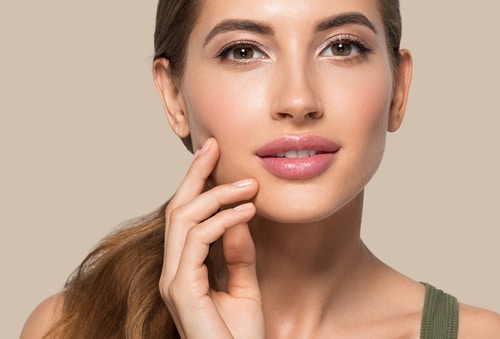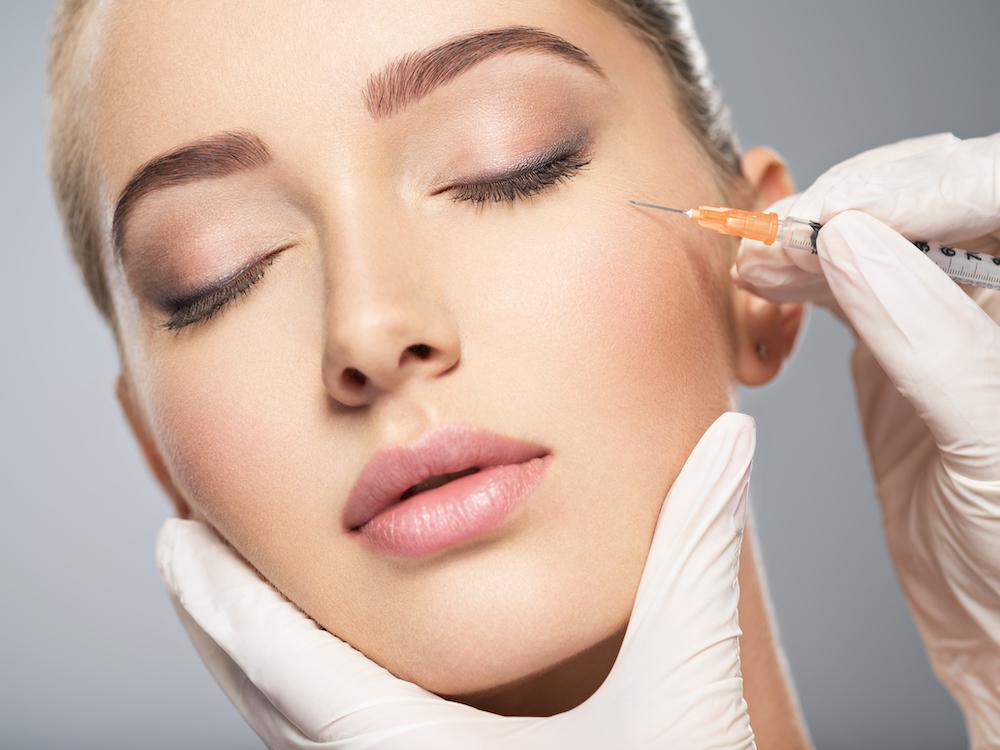Lice infestations are an age-old problem that can affect anyone, regardless of age, gender, or socioeconomic status. These tiny parasites, which feed on human blood, often cause intense itching and discomfort. Traditional treatments include over-the-counter shampoos, prescription medications, and combing out the nits lice eggs. However, in recent years, an unconventional yet surprisingly effective method has emerged: using hair dye as a treatment for lice. Hair dye contains several chemicals, such as ammonia, hydrogen peroxide, and para-phenylenediamine, which are designed to penetrate the hair shaft and alter its color. These chemicals can also prove fatal to lice. Ammonia, for instance, can create an alkaline environment that is hostile to lice, while hydrogen peroxide can disrupt their respiratory systems, effectively suffocating them. Additionally, the thick consistency of hair dye can act similarly to occlusive agents, blocking the lice’s breathing holes and leading to their death.

One of the main benefits of using hair dye to treat lice is its dual purpose: it not only kills the lice but also colors the hair, potentially offering a cosmetic boost at the same time. This can be particularly appealing to individuals who are already considering changing their hair color. Furthermore, since hair dye is widely available and often less expensive than specialized lice treatments, it can be a cost-effective option for many people. The process of using hair dye to treat lice is relatively straightforward. First, the individual should select a permanent hair dye, as semi-permanent or temporary dyes may not contain the necessary chemicals in strong enough concentrations to effectively kill the lice. It is also important to choose a dye that includes ammonia and hydrogen peroxide in its formulation. The person should follow the instructions provided with the hair dye, applying it thoroughly to ensure that all areas of the scalp and hair are covered. While using hair dye can be an effective method for eliminating lice, it is not without its drawbacks does dying hair kill lice. Some individuals may experience allergic reactions to the chemicals in hair dye, which can range from mild irritation to more severe symptoms such as swelling or difficulty breathing. Therefore, it is crucial to perform a patch test before applying the dye to the entire scalp. Additionally, hair dye can cause damage to the hair, particularly if used frequently or on hair that is already fragile or chemically treated.
It offers an alternative for those who may not have had success with traditional treatments or who are seeking a more affordable option. As with any treatment, it is important to weigh the benefits and risks and consider individual circumstances before proceeding. In conclusion, hair dye represents an unexpected yet viable option for treating lice infestations. Its chemical composition can effectively kill lice, providing both a practical and cosmetic benefit. While it is essential to be aware of potential side effects and the need for thorough application and follow-up, hair dye can offer a creative solution for those battling these persistent parasites.




